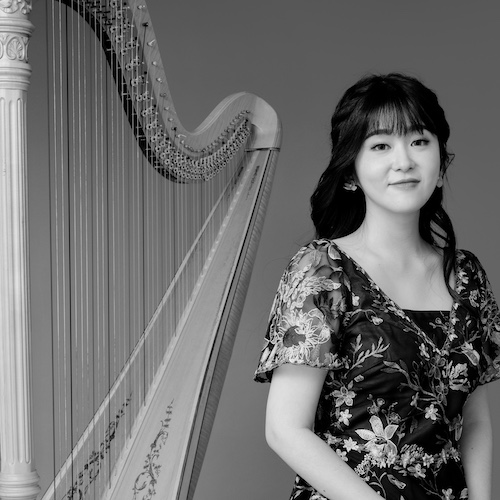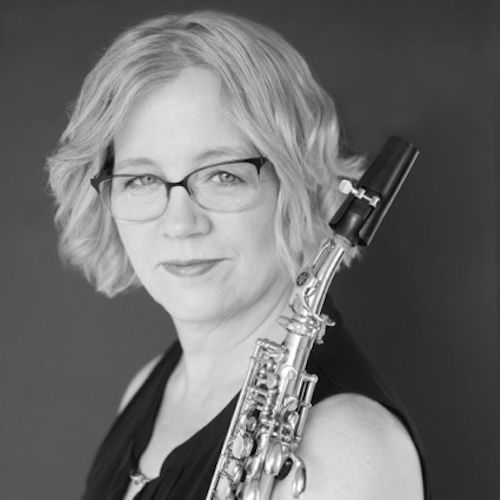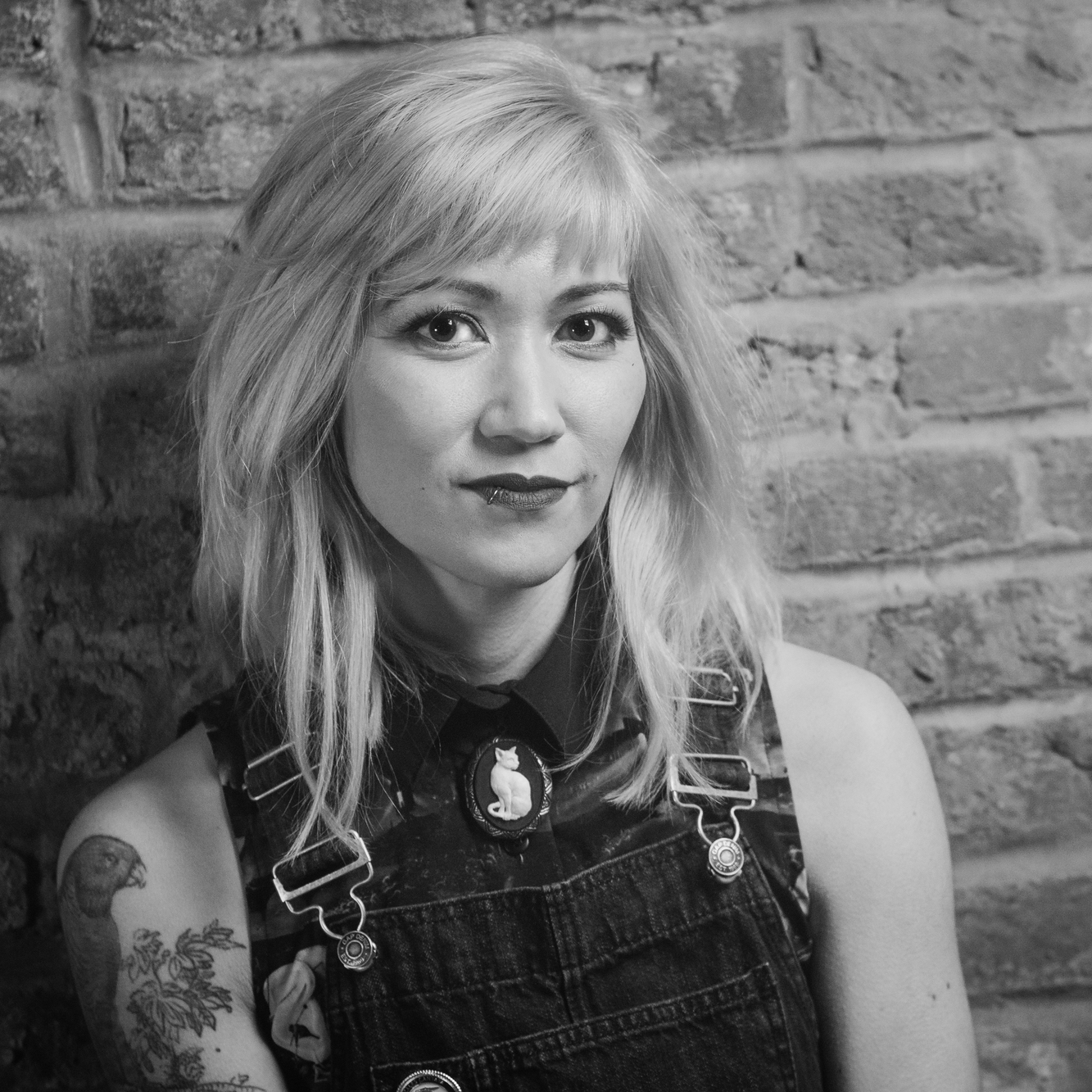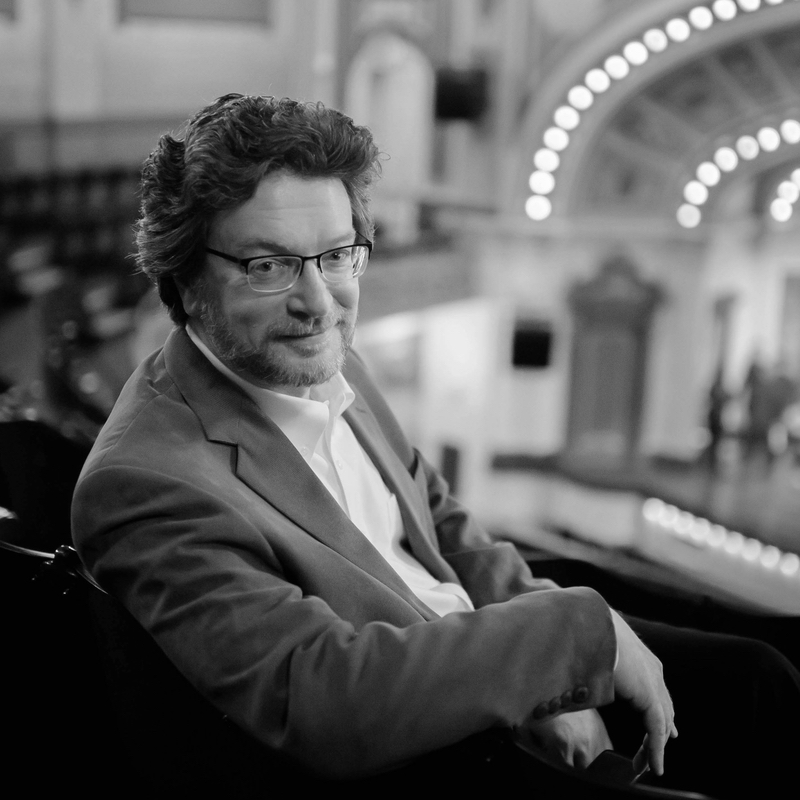- May 11, 2024 | 4PM
- St. Andrew’s-Wesley United
Earth & Aether: the archaeology of soul and sky
Witness the premiere of two landmark choral masterpieces dedicated to exploring our human story in the earth and in the sky.
CHOR LEONI – ERICK LICHTE, CONDUCTOR | VIVIAN CHEN, HARP | JULIA NOLAN, SAXOPHONE
Be the first to hear two world premiere works that explore our human story through remnants we have left in the earth, and signals we have sent into the sky. Funded by the Diane Loomer Commissioning Fund, Chor Leoni commissioned two of the world’s most exciting choral composers, Melissa Dunphy and Grammy-nominated Kile Smith, to take you on a journey through our past and future. In these two works, you’ll examine the legacies we have left behind on our planet, and the sounds – music and words – we have sent out as space-traveling radio waves. All of this will be painted through the sound of Chor Leoni joined by harpist Vivian Chen and saxophonist Julia Nolan, as choral singing transcends both space and time.
Tickets from $20-$70.
35 and Under Ticket Pricing Available.
Witness the premiere of two landmark choral masterpieces dedicated to exploring our human story in the earth and in the sky.

Born in Taiwan, Vivian Chen first encountered the harp on a family trip to Vancouver, a city which later became her home. Vivian is a student of Heidi Krutzen. She graduated first place from the UBC School of Music, and later completed her Master of Music in Harp Performance degree with full scholarship. Passionate about creating with others, Vivian plays a variety of musical genres with different ensembles, including the Vancouver Opera, Elektra Women’s Choir, and her own chamber group - the Elysian Trio. Recently, she was proud to bring Canadian Music back to Taiwan, and performed Caroline Lizotte's "Suite Galactique for solo harp" in one of Taiwan's best performing halls, the Taiwan National Theater. Vivian also performed both solo and chamber pieces in the Formosa New Wave concert at the 13th World Harp Congress in Hong Kong.

An active performer, saxophonist Julia Nolan has commissioned numerous works by Canadian composers. In 2020, she was the featured soloist with Sinfonia, conducted by Clyde Mitchell performing Stefan Hintersteininger’s Saxophone Concerto. In 2019, she performed this concerto with the West Coast Orchestra on a tour of Balkan countries. In 2018, Julia released a CD with violinist Joan Blackman and pianist Jane Hayes and a CD of Canadian works with the Saxophilia Saxophone Quartet. In 2016, Julia gave the U.S. premiere of Jeffrey Ryan’s concerto Brazen with the Lubbock Symphony and premiered the concerto Cool Cut by John Oliver with Vancouver’s Turning Point Ensemble. She recorded new works for organ and saxophone by Denis Bedard (2014) and is the featured soloist with the Naden Band of the Royal Canadian Navy (2015) performing Robert Buckley’s Prestidigitation. Julia has performed and recorded with the Alan Matheson’s jazz groups and played with the Dal Richards jazz orchestra. Julia Nolan has served as a clinician and international judge in Belgium, Hong Kong, Taiwan, and the United States and is currently the Director of Scholarly Publications for the North American Saxophone Alliance. Dr. Nolan teaches saxophone at Kwantlen Polytechnic University and the University of British Columbia and the Vancouver Symphony School of Music. She is also an Artist-Clinician for Yamaha, Canada Ltd and Rousseau Musical Products.

In 2014, I became an accidental archaeologist after my husband and I bought a property in Philadelphia and discovered two 18th-century privy pits beneath our building filled with artifacts from before and during the Revolutionary War. As I dug, cleaned, and catalogued these everyday objects—with the help of some real archaeologists at the National Park Service, the Museum of the American Revolution, and Colonial Williamsburg—I became obsessed with the stories embedded in them, starring the everyday people who left them behind. While most of us think of archaeology as the study of people from the very distant past—those who created Ancient Egyptian pyramids or Peruvian temples or Paleolithic cave paintings in France—I was struck with the way these more recent finds connected me to archaeology’s constant and continuing process. Everything we abandon, from the trash on our streets to the trinkets in our attics to the chemicals in our soil, is a record of who we are, and future generations (assuming humanity survives) will know our everyday stories by studying our detritus. In modern North America, we are so wedded to living in the “now” that we tend not to think much about our long-term impact and story. Our exploitation of natural resources and marginalized populations for short-term gains has had obvious detrimental effects to the environment and our society. One of the ways that archaeology can shift our thinking is by encouraging us to see our place in the timeline by connecting us to these artifacts. Human beings have always been materialistic to some degree, and the study of Material Culture can help guide us as we prepare the world for future generations. The Things We Leave Behind contrasts stories of the past with stories we are currently creating, from the stone-age Willendorf Venus to mass-produced novelty mugs, and tiny man-made particles embedded in a lake bed. One song’s text is taken from the wills of the first Europeans who owned my property in the 18th century, and another is a tribute to an enslaved 19th-century potter whose work I learned about as I dove into the world of Early American ceramics. Throughout, I connected stories from the past to imagined but familiar stories from today, in the hope that we will realize this process is ongoing. Woven into the score are a few musical artifacts: the Gregorian chant Per omnia saecula saeculorum, and a sneaky Ave Maria and Dies Irae.

Wireless considers texts from the beginning of radio broadcasting, 1896 to 1920, and how they may speak to us today. These include workaday transmissions such as “Can you hear me?” and “Hello. Test, one, two, three, four,” to emergency calls from the Titanic, to popular songs, to opera arias, and to one impromptu speech. These arranged themselves into a narrative that was, to me, surprising. The first surprise was that, expecting to find words of great import, words carrying the weight of history at this revolutionary dawn of wireless technology, I found little. There were no Gettysburg Addresses or Bach Brandenburg recordings, no recitation of the accomplishments of the human race. The opera broadcast was a commercial experiment and the suffragist’s speech was unplanned, as we shall see. The only newsworthy item is a compilation of headlines from the Second Boer War to a ship of wealthy travelers returning to harbor, testing if news-on-the-go for information-deprived tourists crossing the Atlantic could be monetized. But this provided the key to the storyline I chose for Wireless: in celebrating the grand effort to communicate through the air, to reach ever outward and farther, something even greater appears. And here was the second surprise: greater than the desire to reach out is the desire to come home.
©Chor Leoni 2025